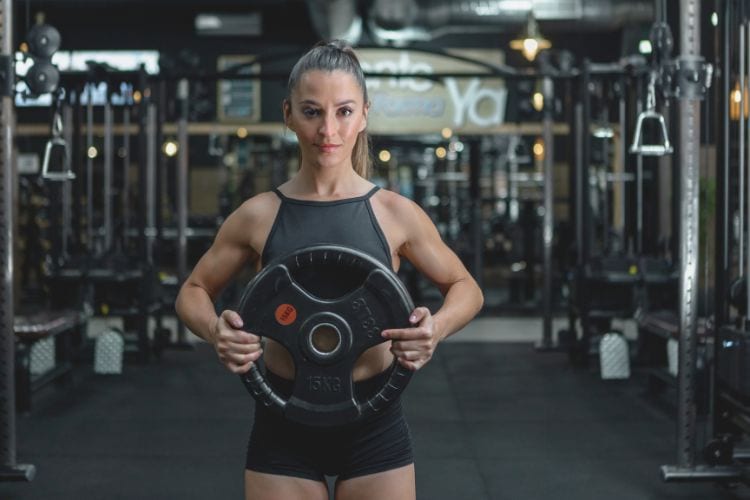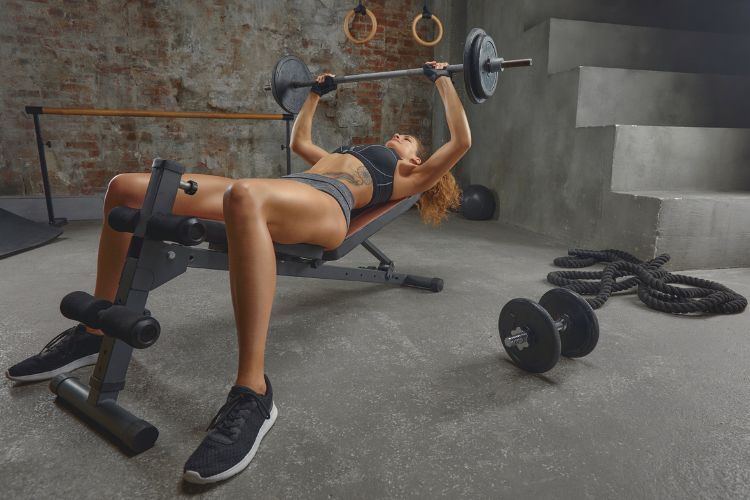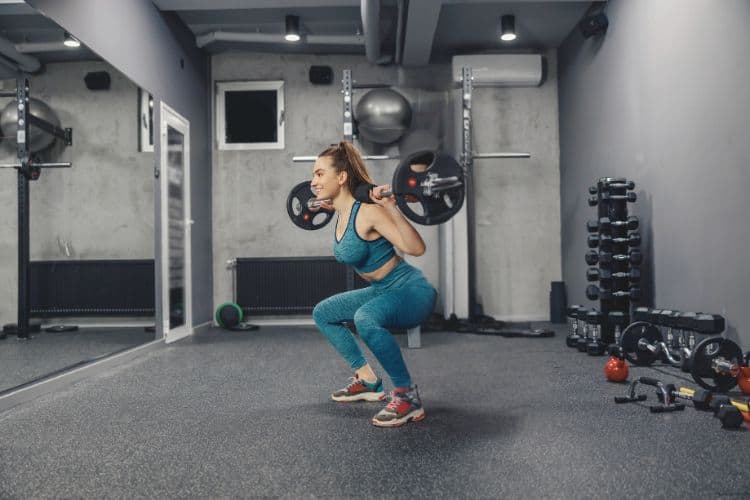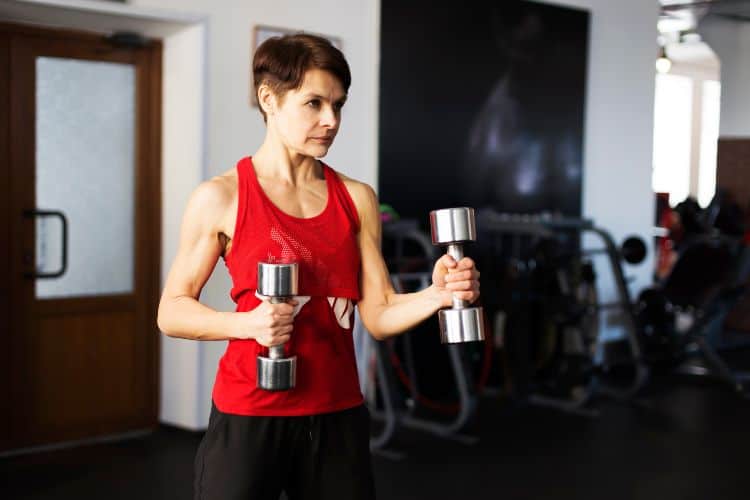Sign up for workout ideas, training advice, reviews of the latest gear and more.






Staying fit after 50 isn’t just about looking good—it’s about maintaining independence, improving quality of life, and aging gracefully. Whether you’re just getting started or looking to refine your current routine, the right workouts after 50 can help you increase muscle strength, improve heart health, boost energy, and support mental well-being. This comprehensive guide covers the most effective fit after 50 workout plan tips to avoid injury, and how to build a sustainable fitness routine for long-term success.
As we age, the body undergoes several changes—muscle mass declines, metabolism slows, joints become stiffer, and balance may diminish. But the good news? Regular exercise helps counteract all of these effects. Staying physically active after 50 is one of the best ways to:
An effective workout plan for individuals over 50 includes four main components: strength training, cardiovascular exercise, flexibility and balance work, and core stability. Let’s break down each category and how it fits into a weekly plan.
As we age, sarcopenia (age-related muscle loss) becomes a major concern. Strength training helps preserve and build muscle, increases bone density, and boosts metabolism.
Best strength exercises for over 50:
Tips:
Cardio is essential for maintaining cardiovascular health, boosting endurance, and supporting fat loss.
Top cardio options for those over 50:
Tips:
Joint stiffness and reduced range of motion become more common with age. Incorporating flexibility training enhances movement efficiency and reduces injury risk.
Great flexibility and mobility practices:
Tips:
A strong core improves posture, supports the spine, and helps prevent falls. Balance training is especially critical after 50 to maintain independence.
Effective exercises:
Tips:
Here’s a sample weekly workout schedule to help you stay fit and balanced after 50:
| Day | Workout Focus |
|---|---|
| Monday | Strength Training (Upper Body) + 15-min walk |
| Tuesday | Low-Impact Cardio (Cycling/Walking) + Stretching |
| Wednesday | Strength Training (Lower Body) + Core Workout |
| Thursday | Flexibility + Balance (Yoga or Tai Chi) |
| Friday | Full-Body Circuit (Strength + Cardio Intervals) |
| Saturday | Leisure Activity (Hike, Dance, Swim) |
| Sunday | Rest or Gentle Stretching |
This plan ensures variety, adequate rest, and balanced attention to all fitness domains.
You don’t need a gym to get fit after 50. With minimal equipment—like dumbbells, resistance bands, and a mat—you can train effectively from the comfort of your home.
Warm-Up (5 minutes):
Workout (Repeat circuit 2–3x):
Cool Down (5 minutes):
Perform the following yoga-inspired flow to improve flexibility and calm the nervous system:
Consistency matters more than intensity when it comes to long-term fitness over 50. Here are essential safety and success tips:
Avoid pushing through pain. It’s normal to feel muscle fatigue, but sharp pain is a red flag. Modify exercises as needed and take extra rest when necessary.
Rest and recovery are just as important as exercise. Make time for adequate sleep, stay hydrated, and consider regular massages or foam rolling.
Warming up prepares your joints and muscles for exercise while cooling down helps your heart rate gradually return to normal and reduces stiffness.
Use a fitness journal or app to log workouts. Tracking helps you stay accountable and recognize improvements in endurance, strength, and flexibility.
Join a fitness class, workout with a friend, or set small goals to stay inspired. Celebrate your wins—big and small.
Women over 50 face unique challenges such as menopause-related hormonal shifts, increased risk of osteoporosis, and slower metabolism. Tailored workouts can help mitigate these effects.
Focus Areas for Women:
Working out is only part of the equation. Pair your exercise with smart eating habits to maximize results:
Protein is essential for muscle maintenance and repair. Aim for 1.2–1.6 grams per kg of body weight per day.
Choose nutrient-dense foods like vegetables, lean meats, fruits, whole grains, and healthy fats. Avoid processed sugars and excess salt.
Dehydration becomes more common with age. Drink water throughout the day and during workouts to support joint health and energy levels.
Yes! It’s never too late. Start slow, focus on proper form, and gradually increase intensity. Even 10-minute workouts can make a difference.
If cleared by your doctor and using proper form, moderate to heavy lifting can help preserve muscle and bone mass. Start with lighter weights and progress gradually.
Aim for at least 5 days of activity, including 2–3 days of strength, 3–4 days of cardio, and regular flexibility and balance training.
Warm up, use good form, rest adequately, and avoid overtraining. If you’re unsure, consider working with a personal trainer with experience in older adults’ fitness.
Fitness after 50 is about living fully—not limitations. With the right approach, workouts can energize your body, sharpen your mind, and help you thrive in every decade ahead. Whether you’re exercising at home, in the gym, or outdoors, consistency, variety, and mindful movement are the keys to success.
Start with a short walk, try a beginner strength routine, or stretch before bed. Every bit counts—and your future self will thank you.
Want more effective workouts? Follow us for fitness tips, free workout plans, and healthy lifestyle inspiration!
Stay up to date on the latest women’s health, fitness and lifestyle trends and tips.